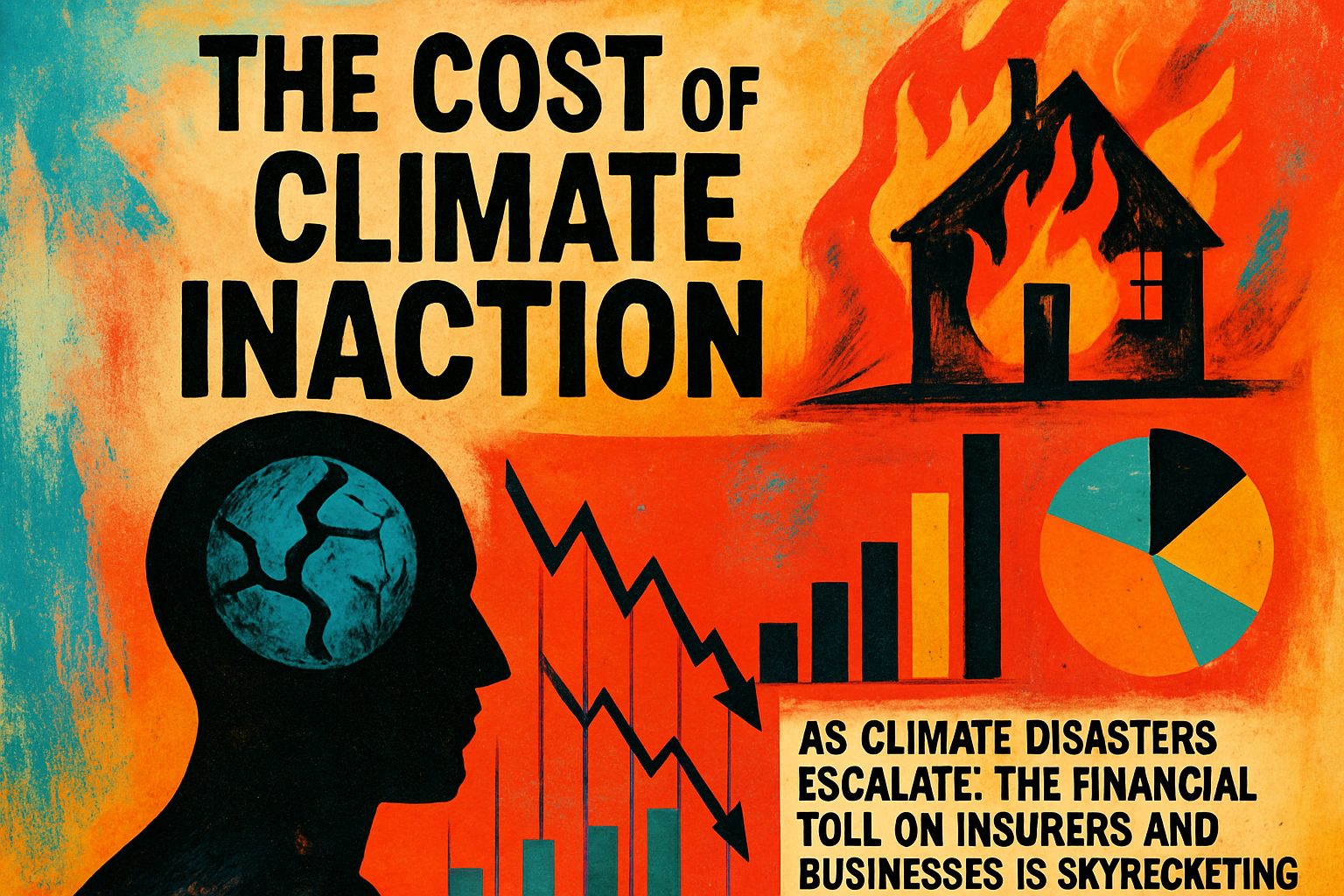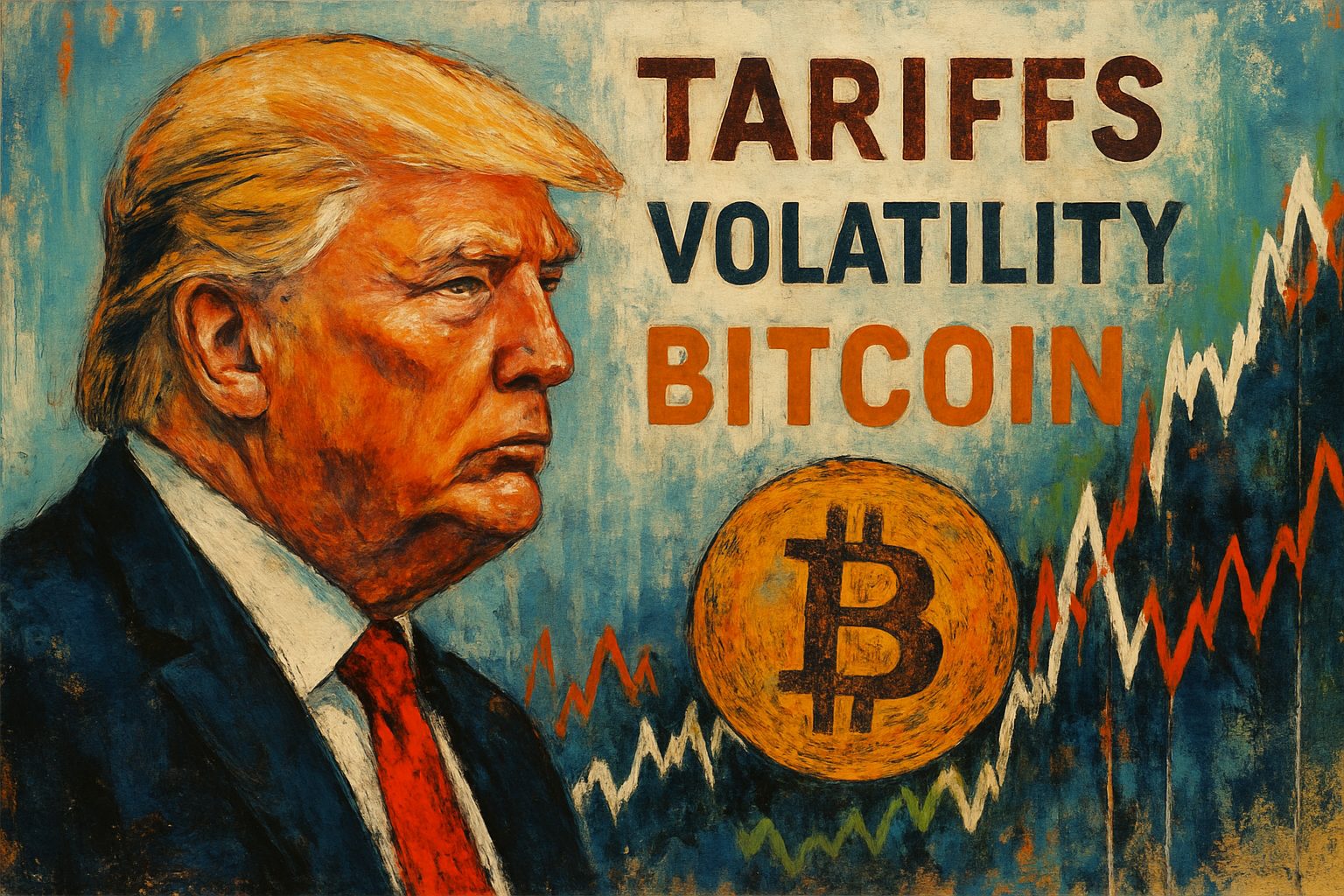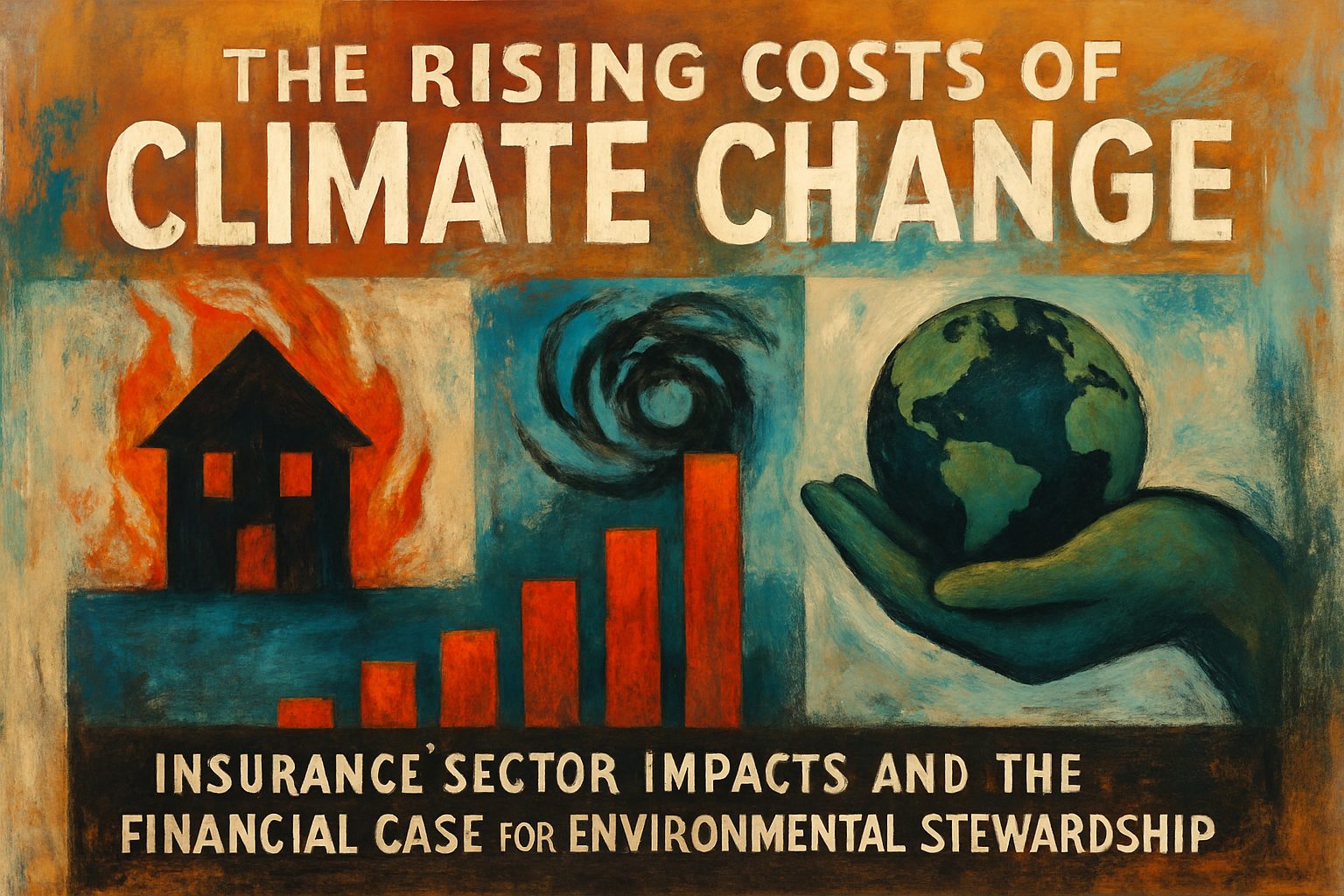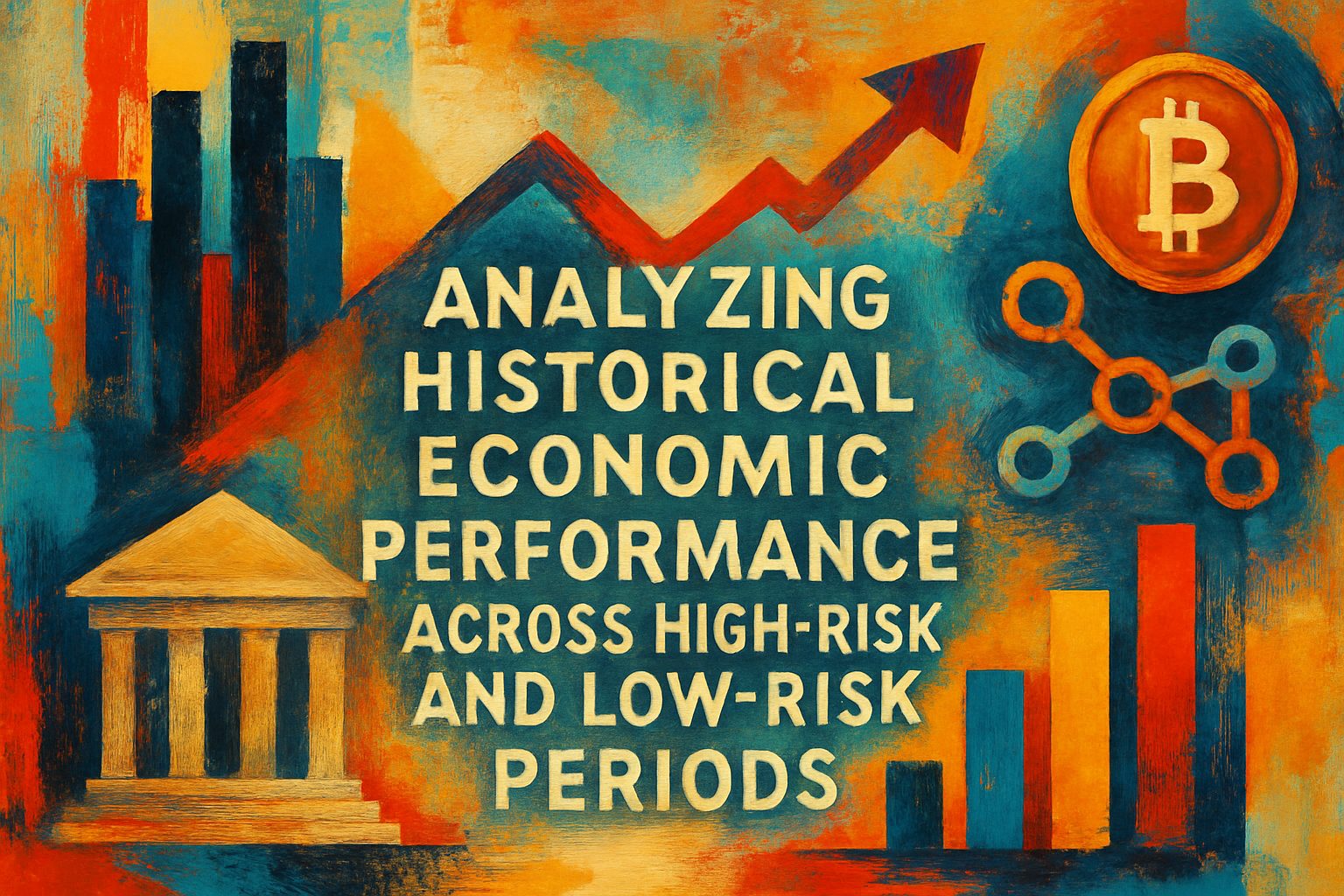
Climate Change Costs: How Insurers Are Paying the Price and Why Sustainability Pays Off
As climate disasters escalate, the financial toll on insurers and businesses is skyrocketing. This article reveals the staggering costs of inaction and how proactive environmental care could have saved billions, backed by dynamic data visualizations.
As the tangible impacts of climate change escalate from distant forecasts to present-day balance sheet realities, industries worldwide are confronting a critical financial imperative. The insurance sector, positioned on the front lines of climate-related risk, faces unprecedented exposure, while adjacent industries grapple with cascading economic disruptions. This article delves into the escalating financial costs imposed by climate change on these sectors, moving beyond theoretical risk to quantify real-world economic vulnerabilities.
Drawing upon an extensive analysis of 15 authoritative sources, our research meticulously traces the economic trajectory of climate inaction versus proactive environmental stewardship. We employ dynamic, chronological Plotly charts to visually demonstrate how strategic, sustained investment in sustainability over recent decades would have markedly softened financial blows and generated superior long-term returns. Readers can expect a data-rich exploration that not only highlights the steep price of complacency but also provides a compelling, evidence-based argument for the economic wisdom of early and decisive climate action.
Of course. Let’s break this down together. It’s a fascinating and critically important topic—how climate change is reshaping the financial landscape, especially for insurers, and why getting ahead of the problem isn’t just good for the planet, but for the bottom line.
The Core Idea: A Ticking Clock with a Reset Button
Think of climate change as a massive, systemic risk that’s already charging a premium on our economy. The research shows a clear pattern: we’re moving from reacting to disasters to a point where preventing them is the only financially sane path. The insurance industry is the canary in the coal mine here. They’re facing skyrocketing claims from events that are becoming frighteningly routine, not rare anomalies. But the beautiful part is the data also shows that proactive environmental stewardship—the kind we implement over decades, not years—doesn’t just mitigate risk; it builds a more resilient and ultimately more profitable economic foundation.
Let’s walk through what the research tells us.
The Escalating Financial Burden: Why Insurers Are Sweating
The numbers are stark. According to NOAA data, billion-dollar climate disasters are now happening every 18 days. Back in the year 2000, it was every 72 days. If that trend continues, we could be looking at weekly mega-events by 2030. That’s not a sustainable business model for anyone.
The financial impact is staggering. Look at the average annual cost of these disasters:
* 1980s: $18 billion
* 2010s: $81 billion
* 2020s: On pace to shatter all previous records
This isn’t just about property damage. It’s creating a cascade of problems:
- Market Failures: In states like Florida, California, and Louisiana, insurance is becoming either unaffordable or simply unavailable as companies pull out of high-risk markets.
- Health & Liability: It’s not just buildings at risk. A 1°C rise during a heat wave can increase mortality by 1.8%. That’s a huge, growing liability for health and life insurers.
- Broader Ripple Effects: Every industry feels this. Think supply chain disruptions, lost productivity from heat stress, and the constant cost of rebuilding infrastructure only to have it damaged again.
This chart visualizes the relentless climb in both the cost and frequency of these major events:
The Two Paths Forward: Reactive vs. Proactive
This is where the choice becomes clear. We can continue on our current path, or we can choose a smarter one.
The Reactive Approach (Our Current Path)
This is the “wait and see” or “pay and repair” model. It’s characterized by:
1. Post-disaster spending: Billions poured into recovery after the fact.
2. Premium hikes: Costs passed on to consumers after massive losses.
3. Market withdrawal: Insurers simply leaving vulnerable areas.
4. Rebuilding to old standards: Reconstructing infrastructure without making it more resilient to the next disaster.
It creates a vicious cycle: costs go up, risk exposure remains high, and the next disaster is even more expensive.
The Proactive Approach (The Smart Investment)
This is the long-game strategy. It involves higher upfront investment but pays massive dividends down the road. Think:
* Investing in resilient infrastructure (seawalls, updated building codes, green spaces).
* Transitioning to renewable energy and sustainable agriculture.
* Supporting green technology and innovation.
The research is clear: this approach leads to substantial long-term savings (estimated at 30-50% or more), significantly improved risk profiles, and far greater economic stability.
The following chart models this exact choice, projecting the diverging economic pathways based on the action we take today:
The green line tells the story. After an initial investment period, proactive measures begin to flatten the cost curve and then drive costs down as resilience builds and disasters are avoided. The red line shows the exponentially growing burden of the status quo.
What This Means for You and the Economy
This isn’t an abstract policy debate. It’s about practical economics.
- For Insurers: Proactivity means more stable risk pools, lower claim volumes, and the ability to offer products in markets they’re currently fleeing. It’s about survival and future profitability.
- For Other Industries: From agriculture to real estate to manufacturing, building in resilience protects assets, stabilizes supply chains, and future-proofs operations against regulatory changes and physical threats.
- For Society: It means more affordable insurance, safer communities, and an economy that isn’t constantly hemorrhaging money to recover from the last disaster while ignoring the next one.
The Bottom Line
The data from all this research leads to one inescapable conclusion: the most expensive thing we can do about climate change is nothing. The era of reacting to climate disasters is financially untenable. The future belongs to those who build proactively.
The initial investment in environmental stewardship might seem high, but as the charts show, it’s the only path that leads to a stable, prosperous, and insurable future. It’s the ultimate case where what’s good for the planet is unequivocally good for business.

Vyftec – Climate Risk Intelligence for Insurance
Our team specializes in transforming complex climate data into actionable financial insights. Using Python and Plotly, we create chronological visualizations that clearly demonstrate the escalating costs of climate catastrophes on insurance portfolios. For example, we recently developed an interactive dashboard for a client that projected decades of climate-related losses versus proactive investment scenarios, revealing potential savings of over 30% through early sustainable interventions. Our data-driven approach combines advanced analytics with insurance domain expertise to turn risk into opportunity.
Leveraging Swiss precision and cutting-edge technology, we deliver robust, scalable solutions that empower your strategic decisions. Ready to future-proof your financial planning with clarity and confidence? Let’s discuss how Vyftec can tailor our expertise to your specific needs.
📧 damian@vyftec.com | 💬 WhatsApp


